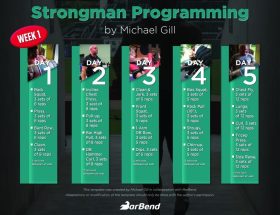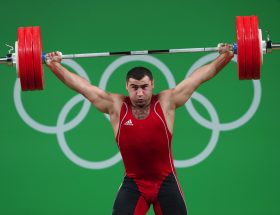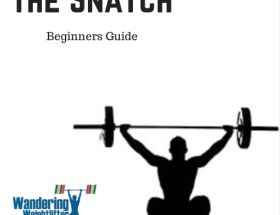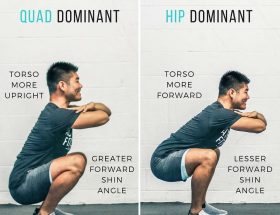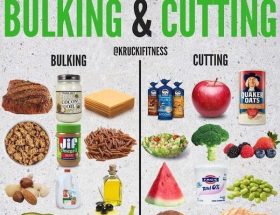Weightlifting plays a crucial role in the training regimen of CrossFit athletes. It is not only a sport on its own but also an essential component for developing strength, power, and athleticism in CrossFit. This article aims to shed light on the significance of weightlifting for CrossFit athletes and provide useful insights into how it can be effectively incorporated into their training routines.
Benefits of Weightlifting
Weightlifting, including the two major lifts – snatch and clean and jerk, offers numerous benefits for CrossFit athletes:
Strength and Power: Weightlifting is widely recognized as one of the best ways to increase both strength and power. The explosive movements involved in these lifts target multiple muscle groups, resulting in significant improvements in overall strength.
Improved Technique: Integrating weightlifting into CrossFit training helps athletes enhance their technique, balance, and coordination. Proper execution of these lifts demands focus, precision, and control, leading to better movement patterns that carry over to other aspects of CrossFit workouts.
Increased Muscle Mass: Weightlifting stimulates muscle growth and development due to the high intensity and resistance involved. For CrossFit athletes, building muscle mass is crucial for improving performance across various disciplines, including gymnastics and Olympic lifting.
Injury Prevention: Engaging in weightlifting exercises can strengthen joints, ligaments, and tendons, reducing the risk of injuries. Enhanced mobility and stability gained from weightlifting contribute to injury prevention, enabling athletes to withstand the demands of intense CrossFit workouts.
Training Approach
To maximize the benefits of weightlifting for CrossFit athletes, it is important to adopt a systematic training approach. Here are some key aspects to consider:
Periodization
Incorporating periodization into weightlifting training is crucial for optimal results. A periodized approach involves dividing your training program into specific phases, such as the preparatory phase, hypertrophy phase, strength phase, and peaking phase. Each phase focuses on different training goals and intensity levels, ensuring progressive adaptation and minimizing the risk of overtraining.
Compound Exercises
Compound exercises, such as squats, deadlifts, and presses, should form the foundation of weightlifting for CrossFit athletes. These exercises engage multiple muscle groups simultaneously, promoting functional strength and overall athleticism. It is essential to prioritize technique and proper form to prevent injuries and maximize the benefits of these compound movements.
Accessory Exercises
In addition to compound exercises, incorporating accessory exercises can help target specific weaknesses and imbalances. These exercises may include single-leg work, core strengthening exercises, or shoulder stability drills. Accessory exercises aid in developing a well-rounded physique and addressing muscle imbalances, leading to enhanced CrossFit performance.
Progressive Overload
Progressive overload is a fundamental principle in weightlifting for CrossFit athletes. By gradually increasing the load or intensity of training, athletes can continually challenge their bodies and stimulate further improvements. This can be achieved by adjusting the weight, repetitions, sets, or speed of lifting. Keeping track of your progress and gradually pushing your limits is essential for long-term growth and achievement.
Integration into CrossFit Workouts:
Integrating weightlifting into CrossFit workouts requires careful planning and consideration. Here are a few strategies to effectively incorporate weightlifting:
Separate Strength Training:
Dedicate specific training sessions solely to weightlifting. By prioritizing strength training as a separate component, athletes can focus on improving technique, building strength, and enhancing power without the added fatigue from other CrossFit disciplines.
WOD Modifications:
Modify CrossFit workouts to include weightlifting movements. By replacing certain exercises or incorporating weightlifting complexes (sequences of multiple lifts), athletes can emphasize the integration of weightlifting into metabolic conditioning workouts.
Specific Skill Days:
Designate days solely focused on weightlifting skill development. These sessions can involve lighter loads and emphasis on technique, providing athletes with the opportunity to refine their execution of the lifts.
Conclusion
Weightlifting is undoubtedly a vital component of CrossFit training. By incorporating weightlifting into their routines, CrossFit athletes can reap the benefits of increased strength, power, improved technique, and injury prevention. A structured approach, integrating compound and accessory exercises, along with progressive overload, is crucial for long-term progress. By strategically integrating weightlifting into CrossFit workouts, athletes can develop the athleticism necessary to excel in various disciplines within the sport.


